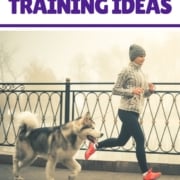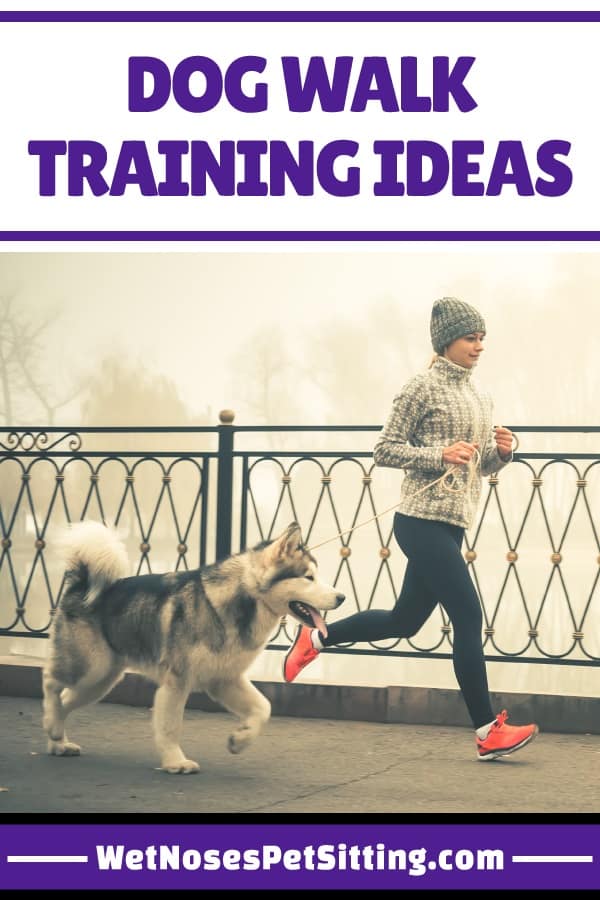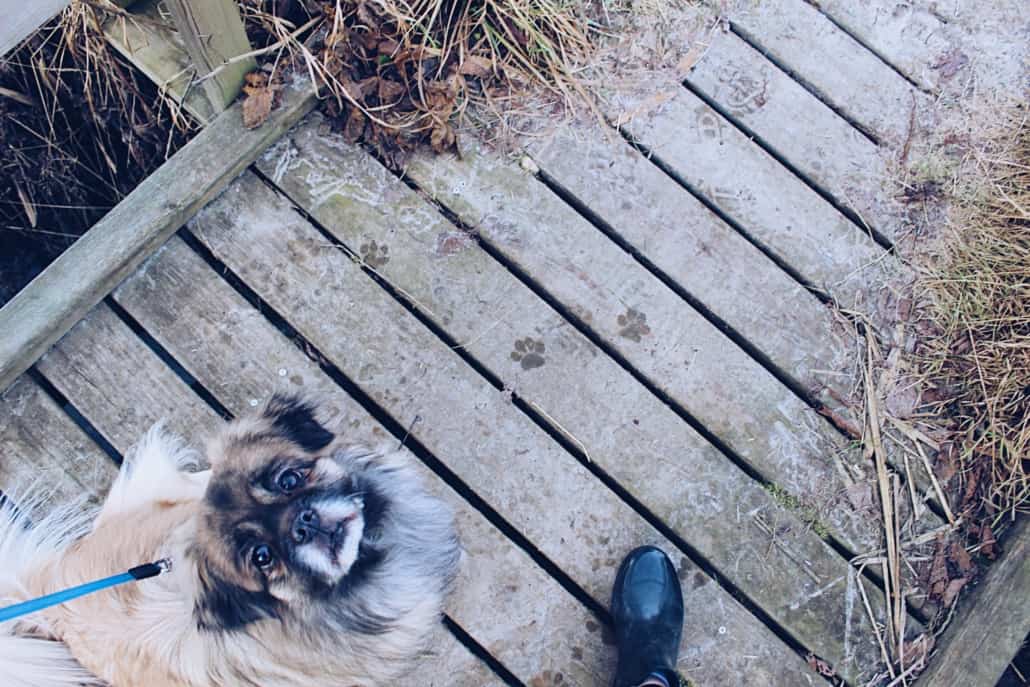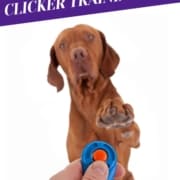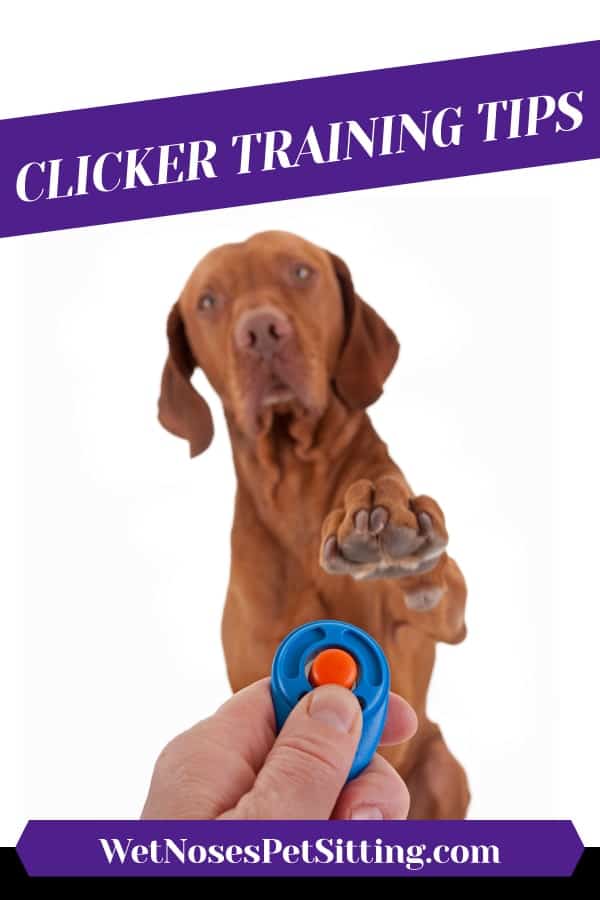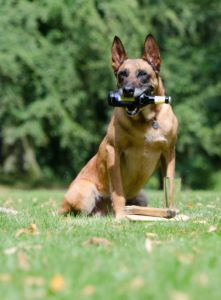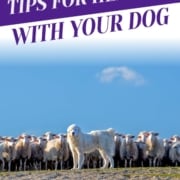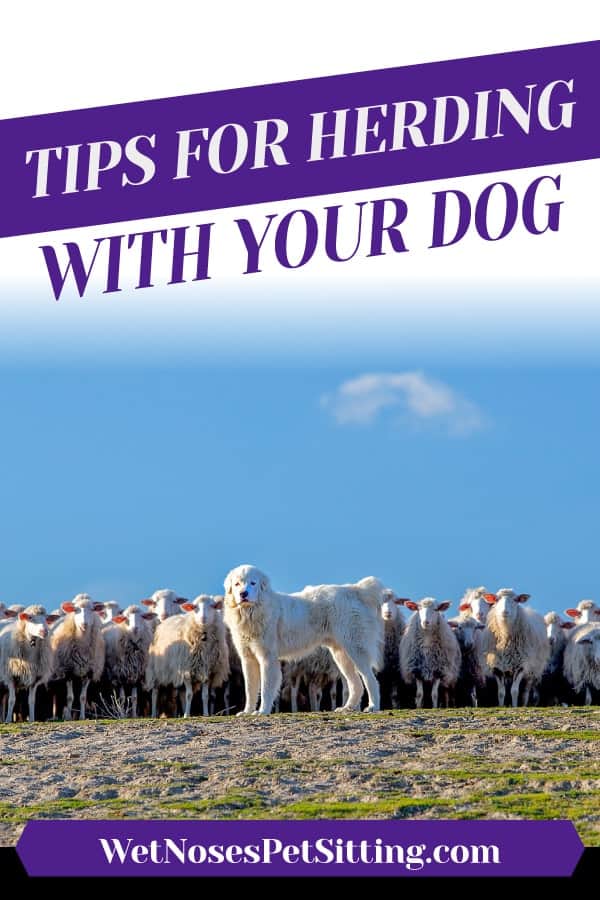Dog Walk Training Ideas
Do you want to make the most of your dog walks? Bring some life to your normal dog walks by adding in some Dog Walk Training Sessions!
Why Add Dog Walk Training Sessions?
You are happy going on a normal walk. Why should you add in dog walk training sessions? Because there are so many benefits!
- Be engaged. When I am out walking I see so many people on their phones, not paying attention to their dogs. Granted, the dogs may be sniffing around, but they would be having so much more fun if you were paying attention to them! It is great bonding time, so make the most of it.
- Be aware. There are a lot of yummy things out there that your dog should not be eating. If you are working on dog walk training then you will quickly notice something out of the ordinary.
- New tricks. This is the perfect opportunity to teach your dog new tricks, while you are already out and focused on your dog. The distractions will make sure your dog gets the trick down pat.
- Have a better behaved dog. You see so many dogs out pulling on the leash and not listening to their people. Dog walk training sessions will lead your dog to listen and pay more attention to you, as well as just have greater skills.
- Impress other people. You know it feels good when other people admire your amazing, beautiful, well-behaved dog. Dog walk training does that!
How to Prepare for Dog Walk Training
- Select some amazing treats you know your dog will love. You want them to be tiny so you can give out lots of them to your amazing dog. You want to take them with you whenever you go out on a walk.
- Select a dog treat bag. This can be a ziplock you put in your pocket or a sophisticated dog treat pouch, whichever works best for you.
- Think about what behaviors to you want to teach. You do not want to introduce too many at one time, and you may start with tricks and behaviors your dog already knows, until you get comfortable.
- Plan your path. Some areas are easier to train on than others and for some dog walk training, you will need a specific area to practice.
- Remind yourself that this is all for fun. You want to be upbeat and happy the entire time, not grumpy that your dog is learning.
Dog Walk Training Ideas
So you want to do some dog walk training sessions but you are not sure what to teach? There are so many options! Here are the behaviors and tricks I like to practice on every walk.
- Wait. This is one of my favorite behaviors and I use it at home all the time. It simply means, “pause where you are until I say it is ok to go.” You can use this at doors in your home and out on walks. In open space when my dog is off-leash, I use it to stop my dog from getting too far away from me. You should start this one at home because it is easiest to teach at an open door. Stand inside the door with your dog and say “Wait.” Then start to open the door. When you dog moves to dash through, close the door (without hitting your dog with it) and repeat. Eventually your dog will look to you to figure out what is going on. When you are ready, say “ok” and release your dog with lots of praise and walk through the door.
- Auto sit at street curbs. This can be a life saver if your dog ever gets off-leash. It is easy to teach – just whenever you get to a curb have your dog sit. Do not move on until she does. You can choose to add a release word, like “ok”, or just let her walk with you when you move forward.
- Quick sits. I love this for attention and focus from my dog, plus it is fun! As you are moving along randomly tell your dog to “Sit” in a super happy voice. Reward her for sitting quickly. Usually the more excited you are, the faster your dog will sit and the more she will pay attention to you. You can also do this with “Down” but I try not to make my dog lie down in areas where she will feel vulnerable, so be aware of the environment.
- Quick front. A front is when your dog sits in front of you, facing you. If you make this into a really fun game, your dog can be called back from a distance. It is great for safety. Having a different word from Come is good, because most people use Come when they are angry (which you should not, but that is another blog). “Front” is always fun! It is great to practice on walks. As you are walking along, suddenly say “Front!” and shuffle backwards. Hold your treat up in the middle of your chest. Your dog will naturally follow you and sit as she gets closer. If you later practice in bigger spaces, try this while running away for a bigger effect. When she gets close, turn towards her and give her the chance to sit in front.
Really, almost any tricks you want to teach can be practiced on a dog walk for fun and focus. They help you have fun and encourage your dog to pay attention. Remember to use treats as your dog is learning and to continue to reinforce behavior. As your dog learns, you do not need to give a treat every time, but if you do it randomly then your dog will stay interested.
What NOT To Teach
You notice no where in that list did I mention “Heal.” Heal is a tough command and is often misused. No dog can heal for an entire walk, nor should they. A walk is a time for dogs to get out and explore the world! They cannot do that if they are glued to your hip. Dogs require both physical and mental stimulation to be healthy, which means seeing new environments and experiencing the world around them. Give them the chance to do that, while still having a good time. You should practice how to walk on a loose leash, but you will find that if you are interacting with your dog with Dog Walk Training, she will be paying a lot more attention and will be checking in regularly to see what you are doing. It is hard to check in and pull on the leash at the same time.

